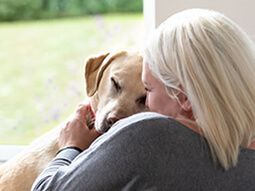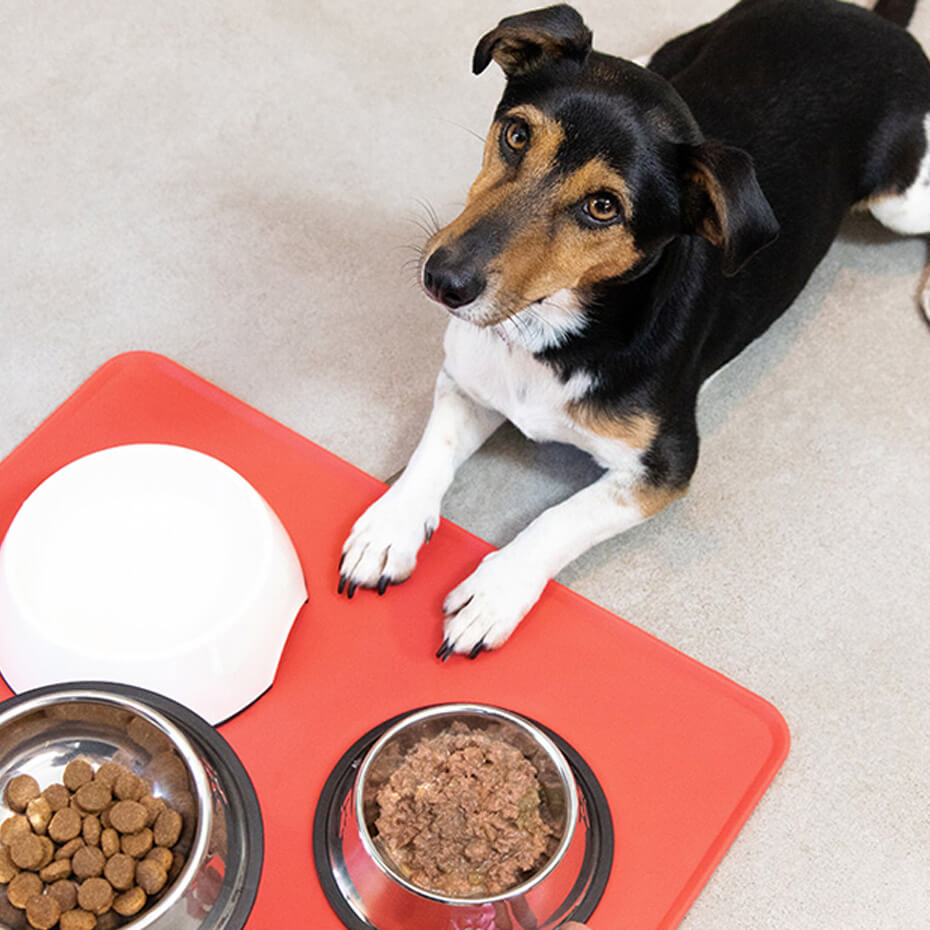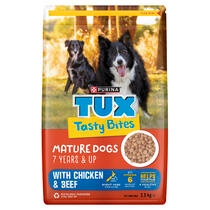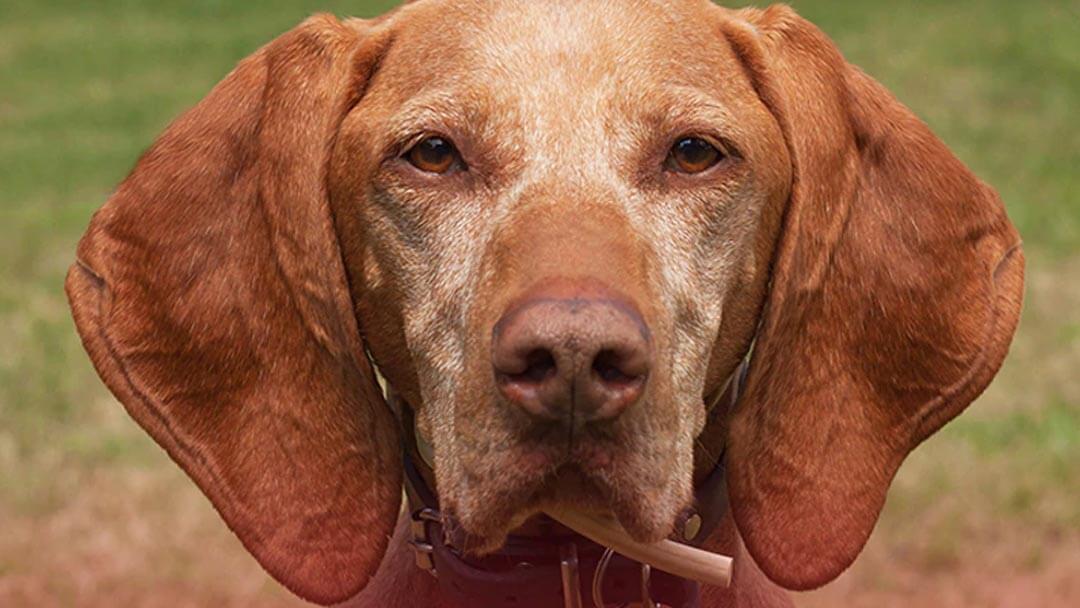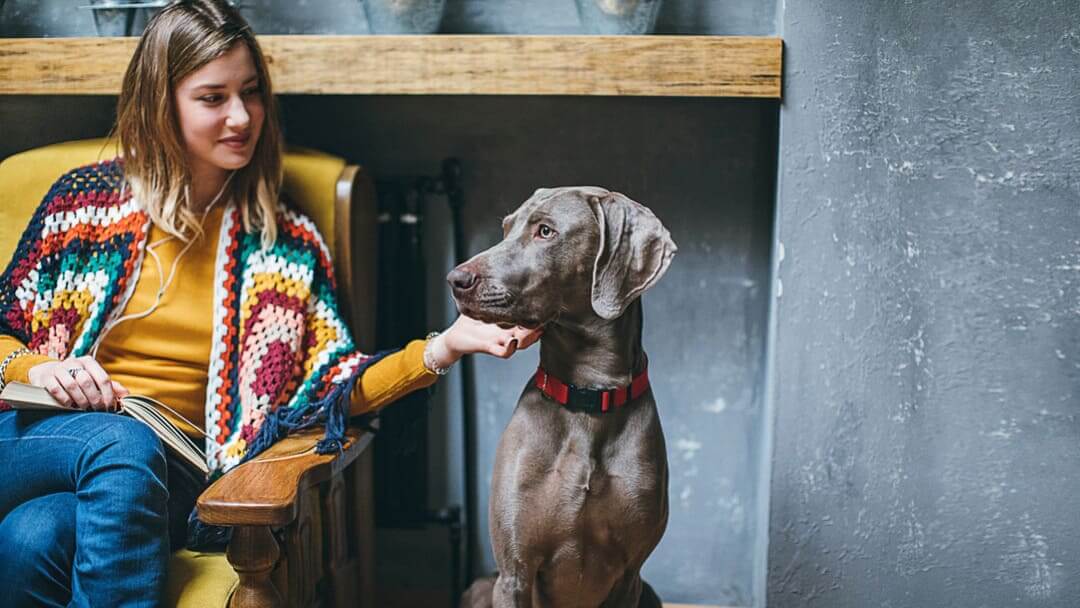
Dogs may experience the signs of aging at different times in their lives. In general, once a dog turns seven, it’s important to keep an eye out for signs of physical decline.
If your dog is aged seven or older, PRO PLAN® BRIGHT MIND™ Adult 7+ has been formulated to support healthy aging and your dog’s unique nutritional needs.
If your dog is showing certain behaviours or characteristics, they may be experiencing physical decline. Visit your vet if you see any of the following signs in your dog.
Hearing loss
Dogs may lose some of their hearing as they grow older. Dogs with hearing loss may bark for no reason, or fail to come when they’re called. They may also ignore commands that they usually respond to.
Vision loss
Cataracts and other types of vision loss is a clear, physical sign that your dog is aging. If your dog has a white, hazy growth over the eyes, he/she may be developing cataracts, while other vision loss may look like confusion or disorientation.
Tooth loss or soreness
Some dogs have an increase in dental problems, including gum soreness and tooth loss, as they grow older. Oral discomfort can also result in decreased appetite or reluctance to eat.
Weight gain or loss
When dogs age, their metabolism may change, which can cause them to gain or lose weight even though they’re eating the same number of calories and getting the same amount of exercise.
Changes in breathing
As dogs age, the incidence of heart problems increases. Loud or laboured breathing or coughing could be a sign of this or other problems.
Stiffness or limping
Arthritis is common in older dogs, and can cause stiffness in a dog’s legs, shoulders or hips. Limping or getting up and down slowly may be signs of physical decline in your dog.
If your dog is showing signs of physical decline, consult your vet. You and your vet can work together to help your older dog live life to the fullest.
